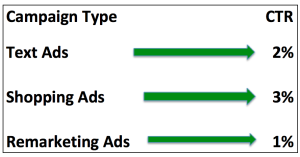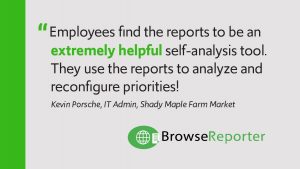In today’s global market, companies routinely face obstacles when attempting to broker sales in different languages. Differing currencies can create sales headaches, but language barriers can be an even greater impediment to securing agreements. Fortunately for us humans, our computer colleagues have been speaking the same language for decades, and it’s how a vast majority of business is conducted around the world every day.
Electronic Data Interchange, or EDI, is a digital communication channel that provides a globally accepted standard for exchanging documents. First used in the trucking industry more than 30 years ago, EDI enables two separate companies, regardless of location, to seamlessly conduct business – documents such as purchase orders, invoices and shipping notices (and hundreds of others) are based on the same standards for all companies using EDI.
The standardized format prescribed by EDI bestows two distinct benefits on the companies who use the system:
- Speed and accuracy: Without EDI, for example, the traditional process for completing purchase orders is onerous. After the buyer creates the purchase order, it is emailed or faxed to the supplier, who then enters it into an internal system and prints an invoice. The supplier then emails or mails the invoice back to the buyer, who enters it into a separate internal system for processing and payment. At each one of those steps, human error is a real possibility, and if misinformation is entered into the process at any point, it will continue to be transmitted and may not be discovered until a much later date, usually after the damage is already done. With EDI, the entire process is shortened to one internal system speaking to another internal system. Companies can place orders rapidly and accurately in minutes or hours instead of days or weeks, and human labor capital can be invested in more strategic endeavors.
- Larger pool of customers. In today’s manufacturing and distribution landscapes, companies using EDI to exchange transaction documents have access to a wider range of customers. In particular, major brick-and-mortar retailers, such as Wal-Mart and Target, will primarily do business with vendors using EDI. That strategy makes sound logistical sense: companies of that size have ongoing deals with thousands of other suppliers therefore they need a common “language” in order to conduct business effectively. Without EDI to guarantee that standard, their teams would be mired in disparate sets of documents. Online retailers, like Amazon and eBay, also support EDI, so if your company would like access to the largest digital marketplaces in the Western Hemisphere, investing in the technology that enables you to speak that language is a prerequisite.
Given these advantages, why would any company today looking to maximize manufacturing and distribution revenue not use a technology such as EDI? The first answer is obvious, although it doesn’t stand up to much critical scrutiny: cost. Investing in the technology that enables EDI communication does represent a minor upfront cost, but the return on investment for those who have upgraded can be substantial because even minor deals with the retailers mentioned above, who require EDI, can quickly run into the seven or eight figures of additional sales.
Having worked with companies of all sizes during my career, I have noticed a trend when it comes to EDI adoption – small companies and startups use EDI because it enables them to sign larger deals and achieve the rapid growth they need to survive and thrive. Major corporations use EDI because it standardizes the hundreds of business relationships they negotiate every day. Middle-market companies, which comprise $ 10 trillion of the U.S. GDP, tend to be those most hesitant to EDI. That hesitancy is somewhat understandable because middle-market companies often have tight margins and don’t always have the budget to invest in new technology. For some, the status quo has worked for years; they are still generating revenue on a consistent basis, so why invest time and resources adopting a new communications method?
The answer, for those middle-market companies considering adding EDI to their arsenal – and indeed for any company hoping to gain a strategic edge over their competitors – is that the loss of potential revenue by not implementing EDI is likely substantial. This language of commerce unites companies from around the world, enabling deals that would have otherwise been far too complex and time-consuming without a body of standards. For some, like Amazon and Walmart, not using EDI is simply a non-starter. If you aren’t using EDI, do your research and determine exactly how many dollars are being left on the table so you can begin earning that revenue and help grow your business.
Business & Finance Articles on Business 2 Community(42)






